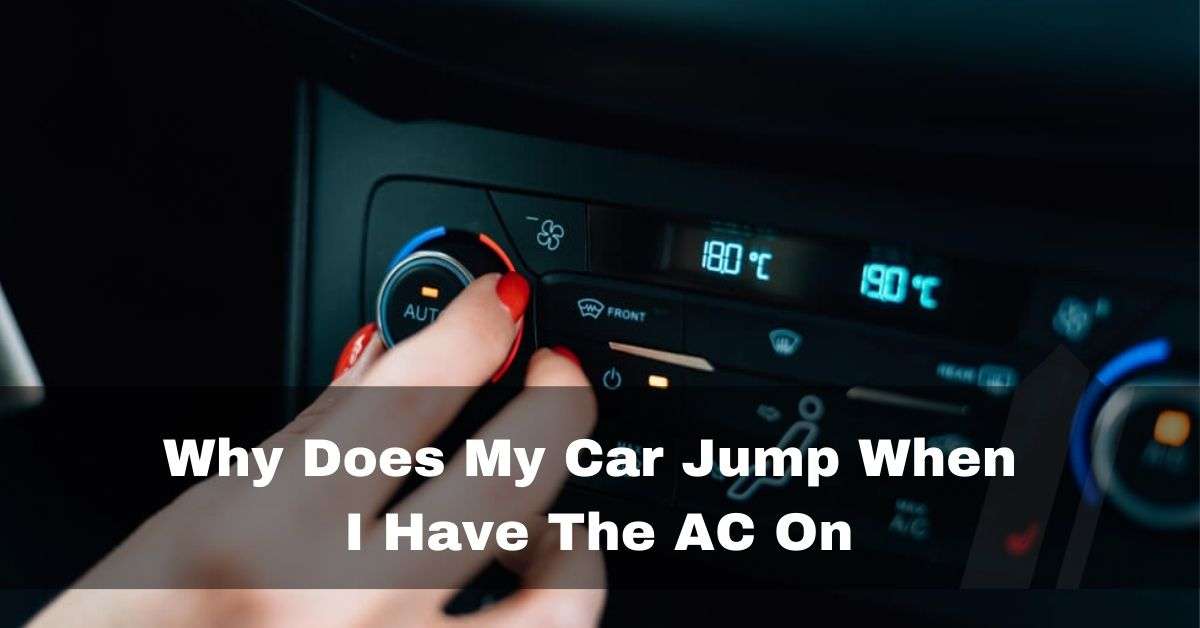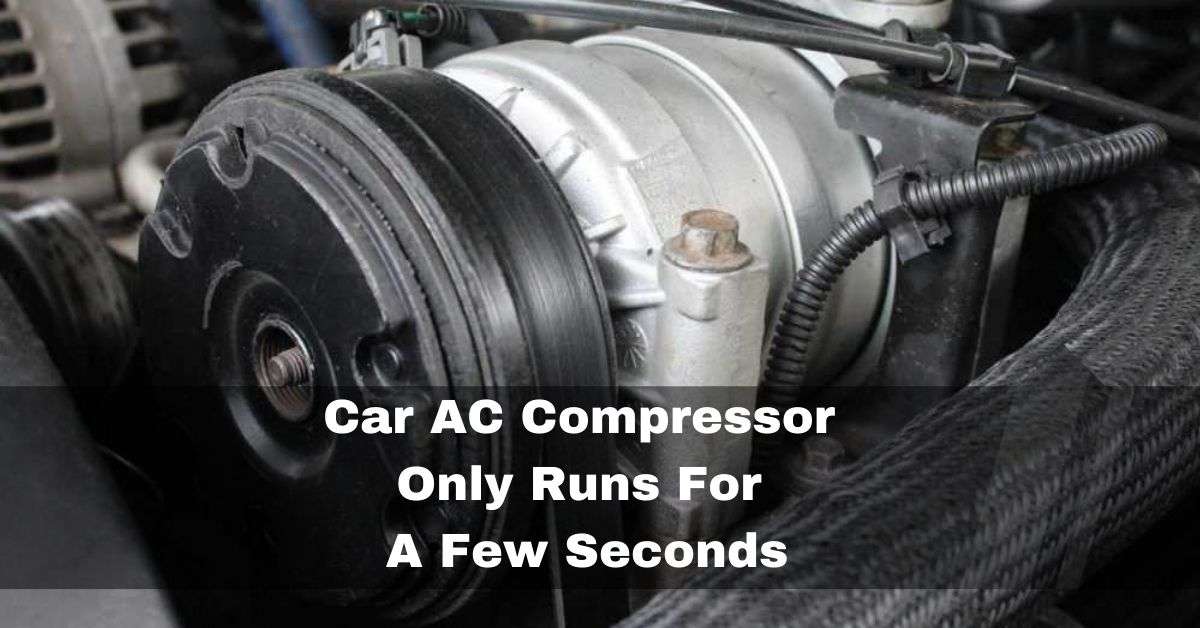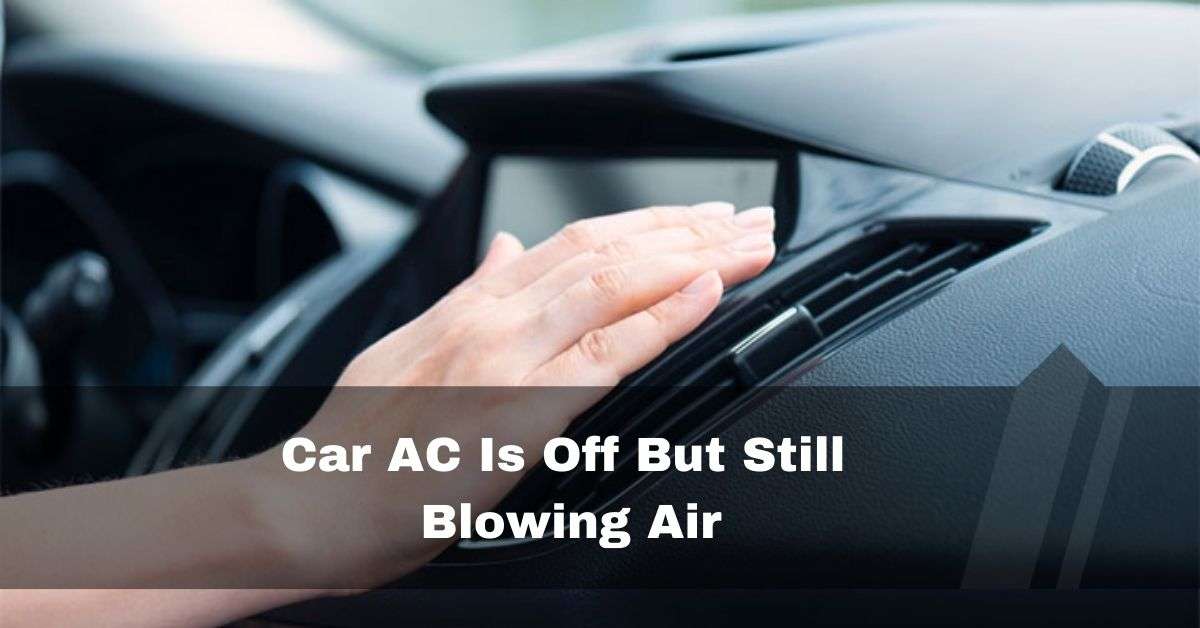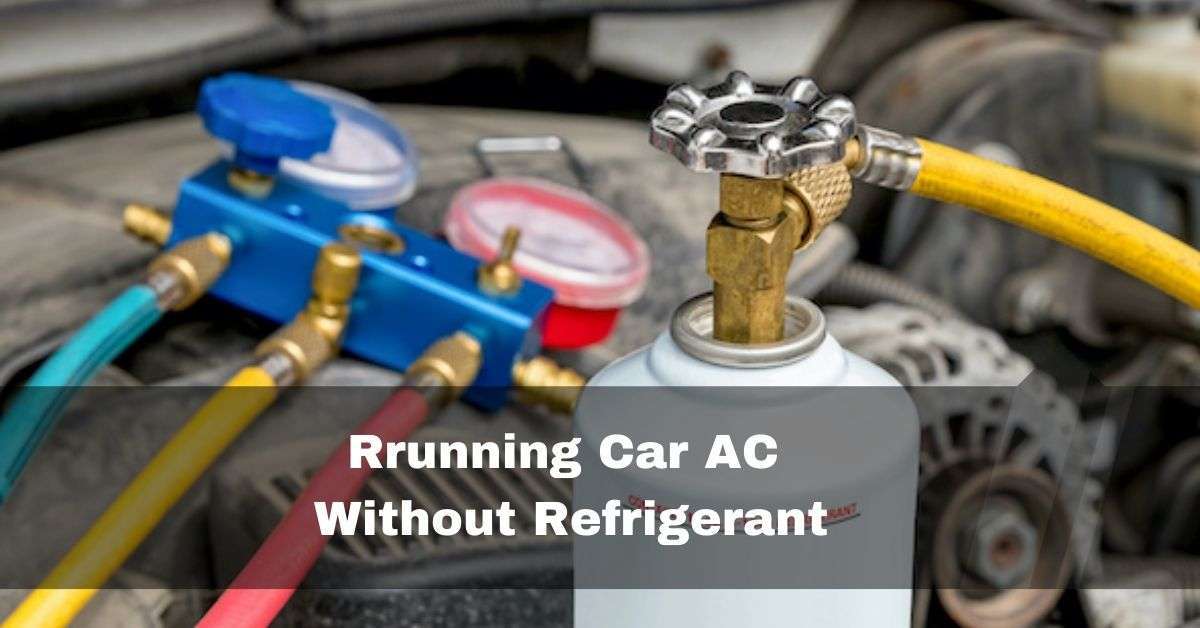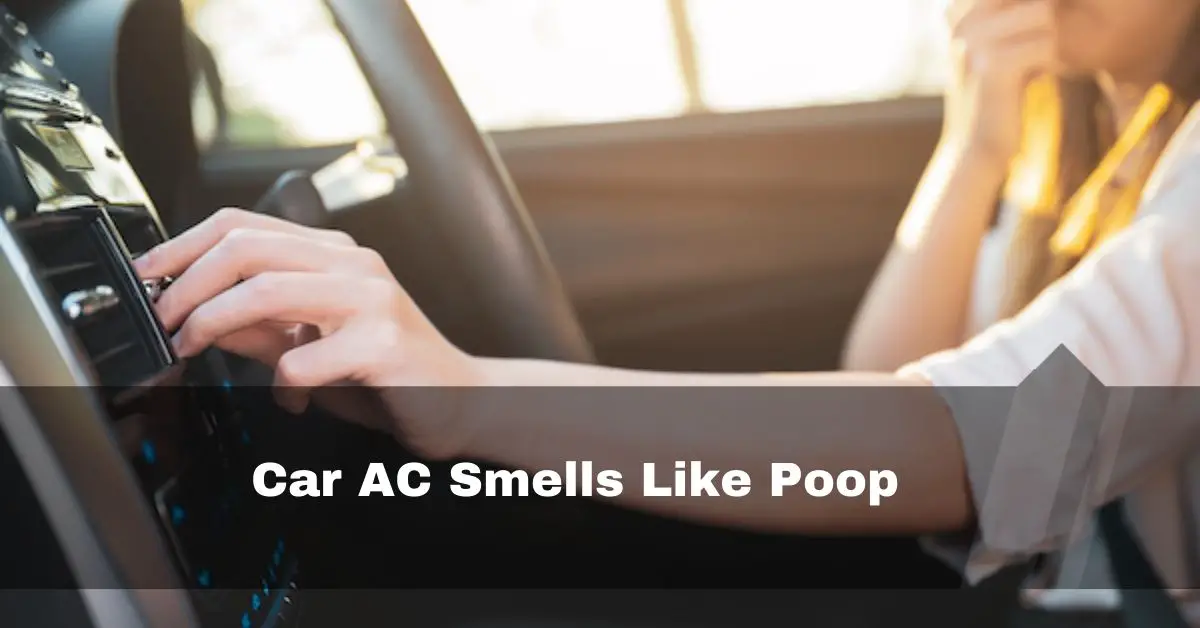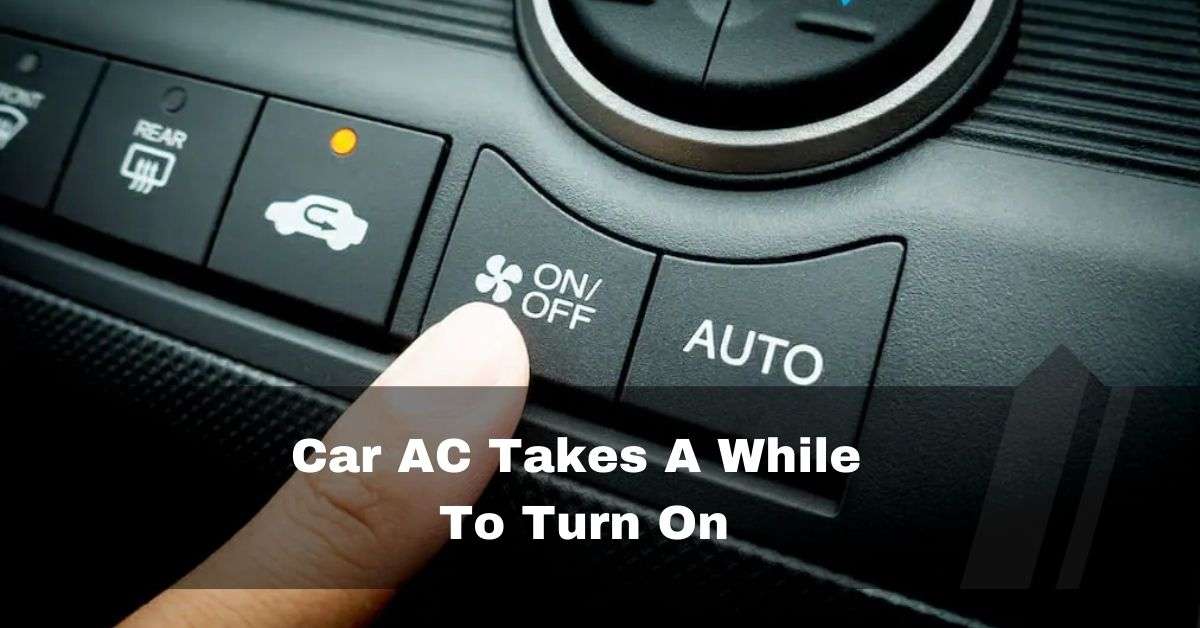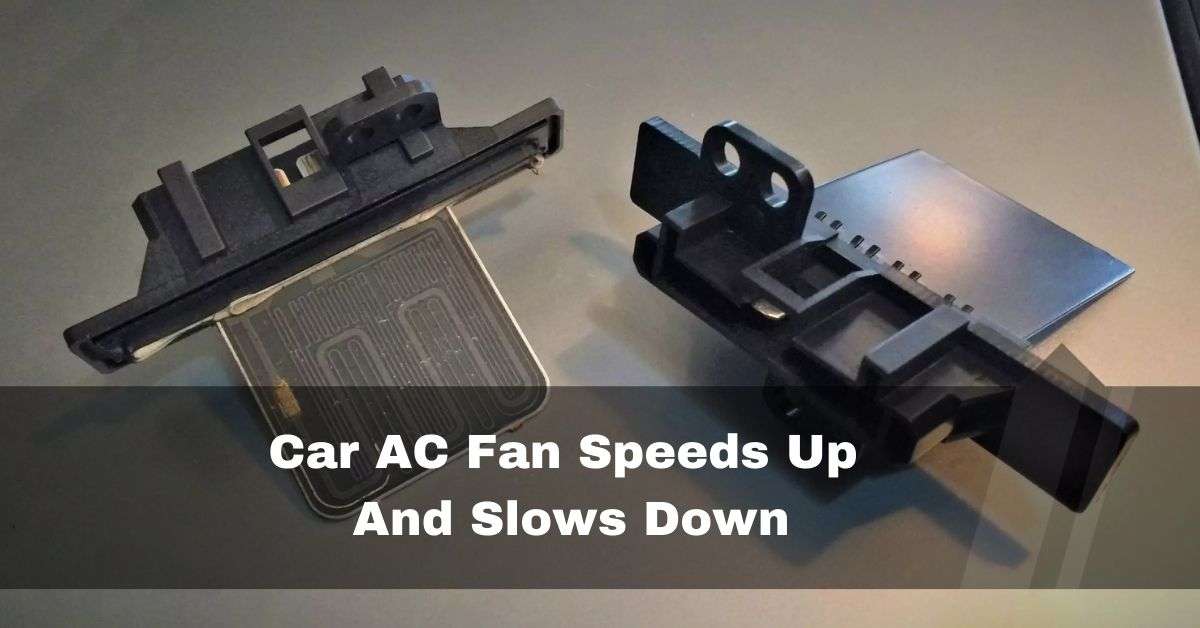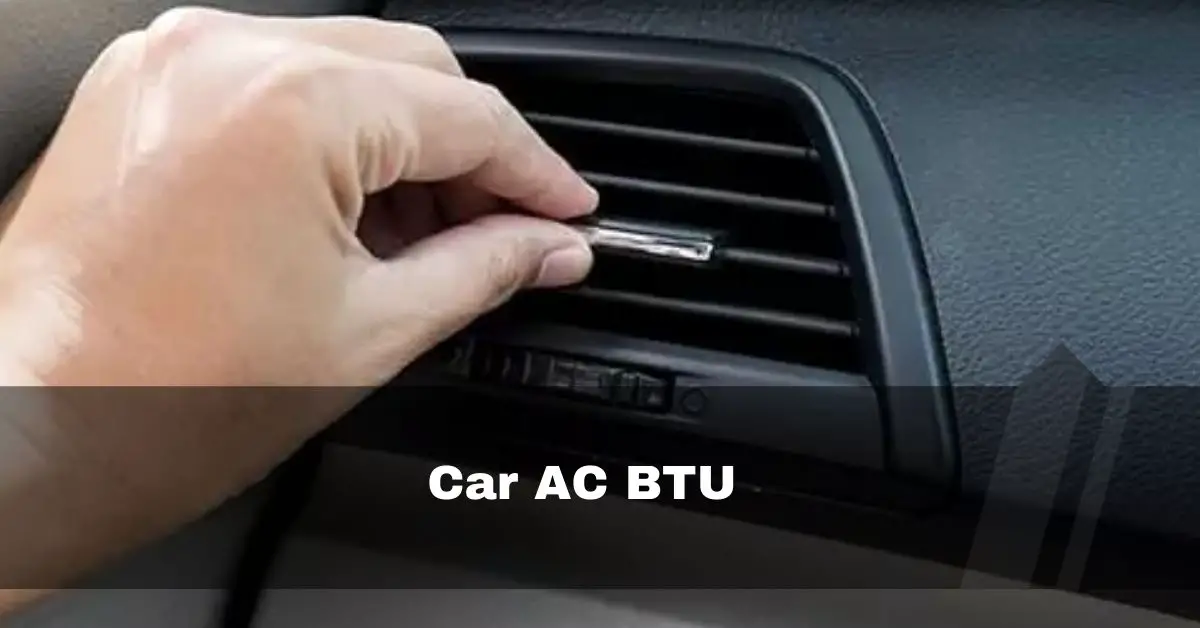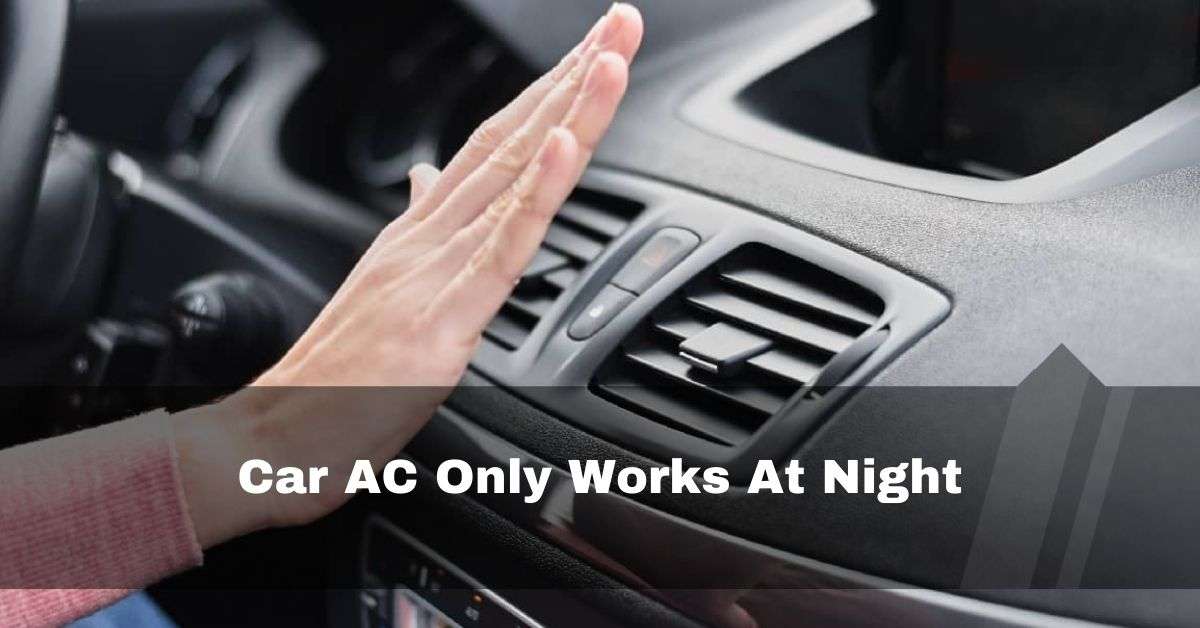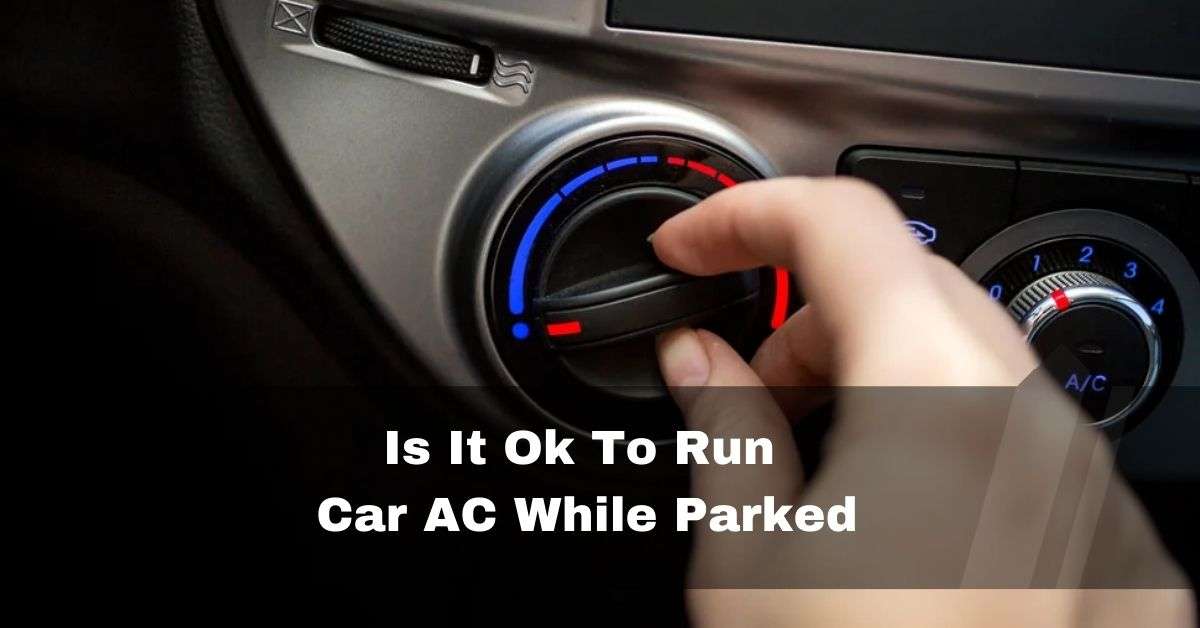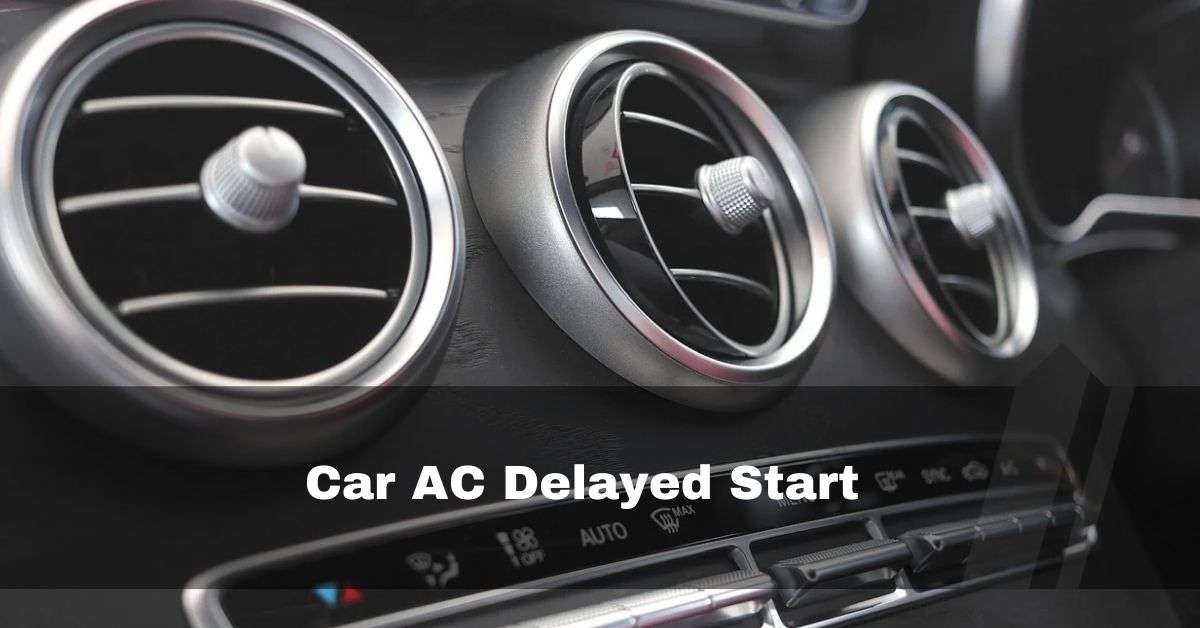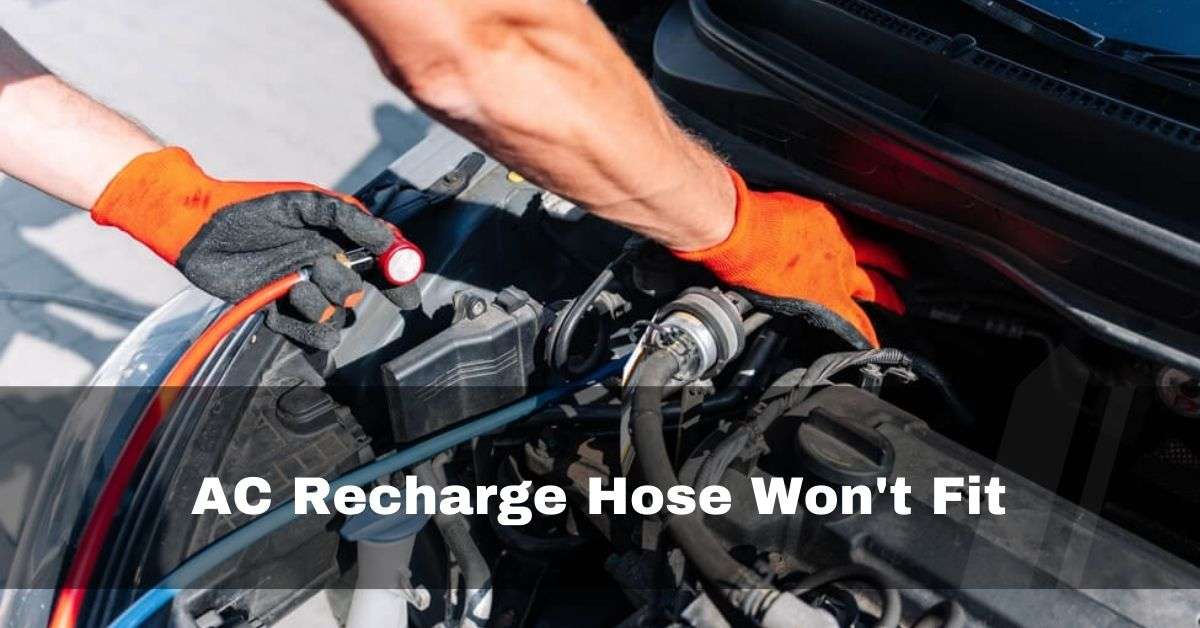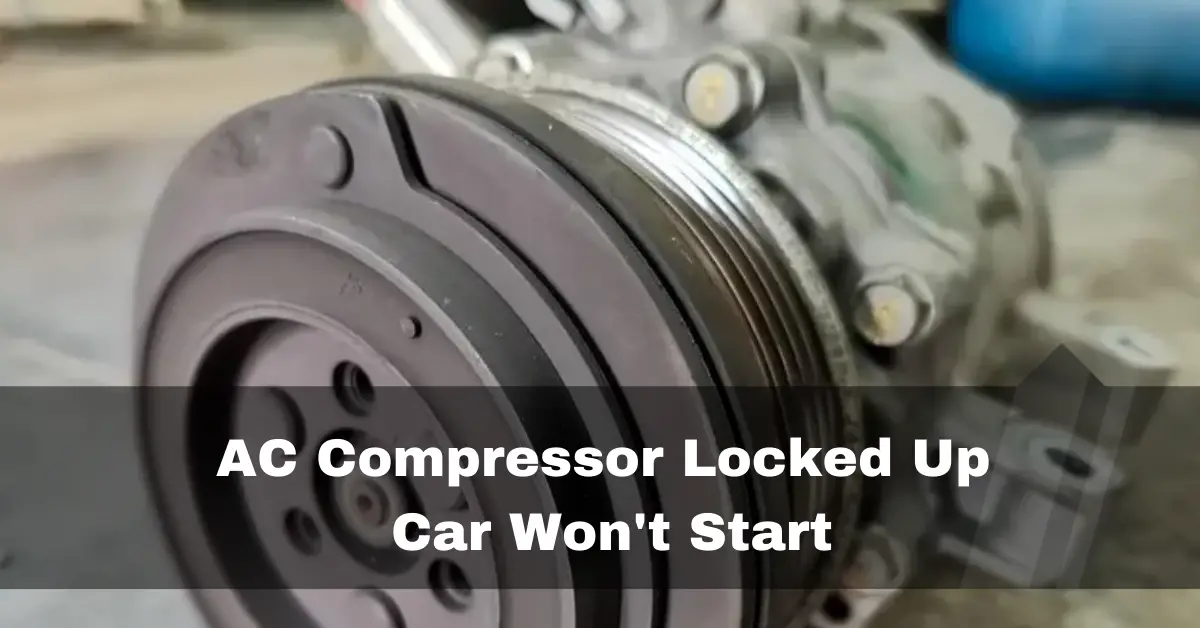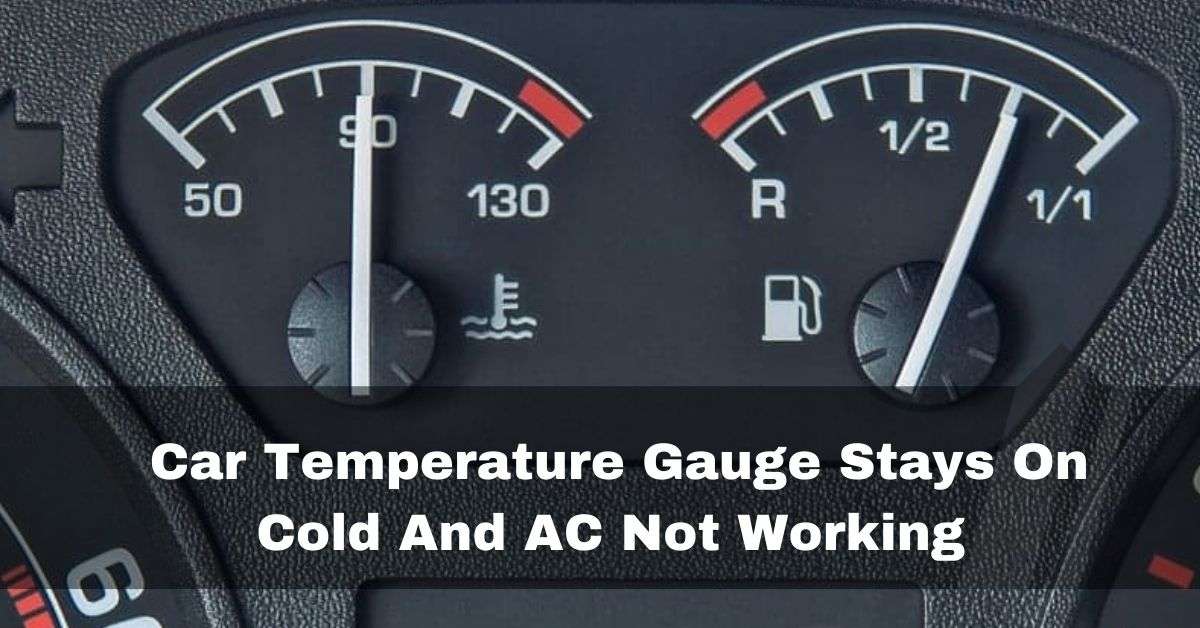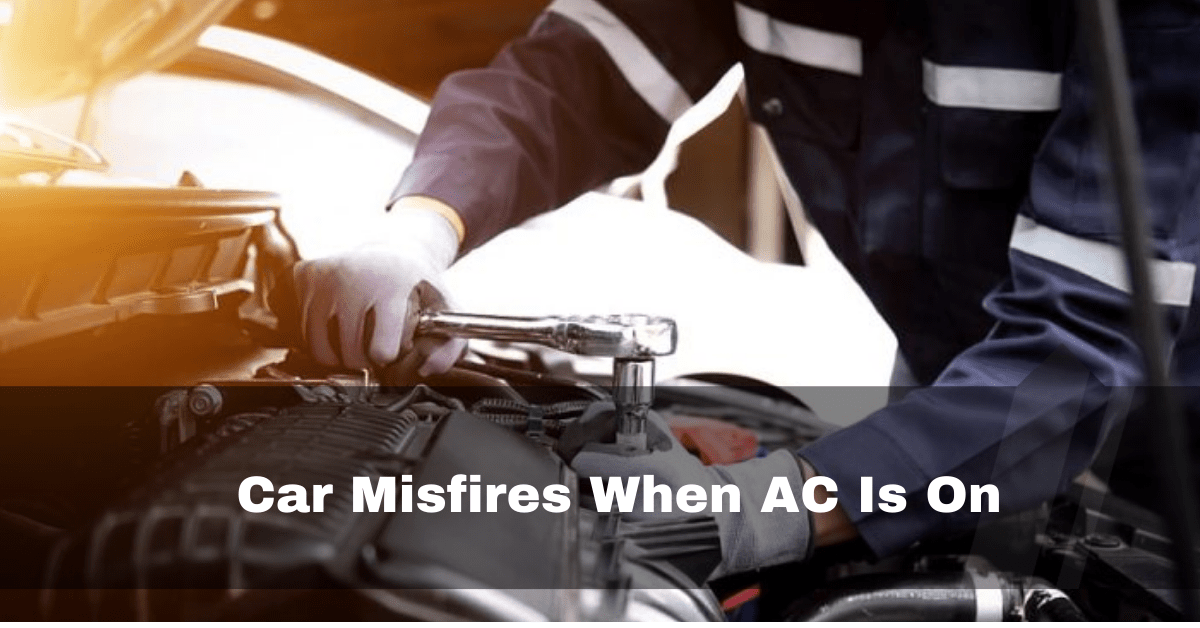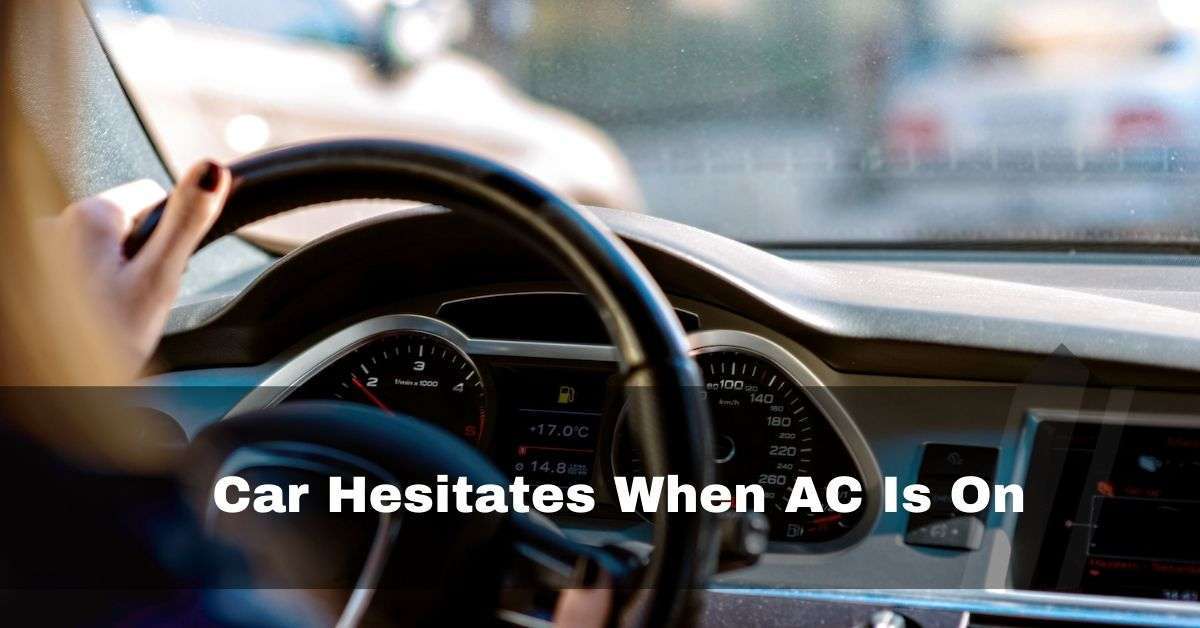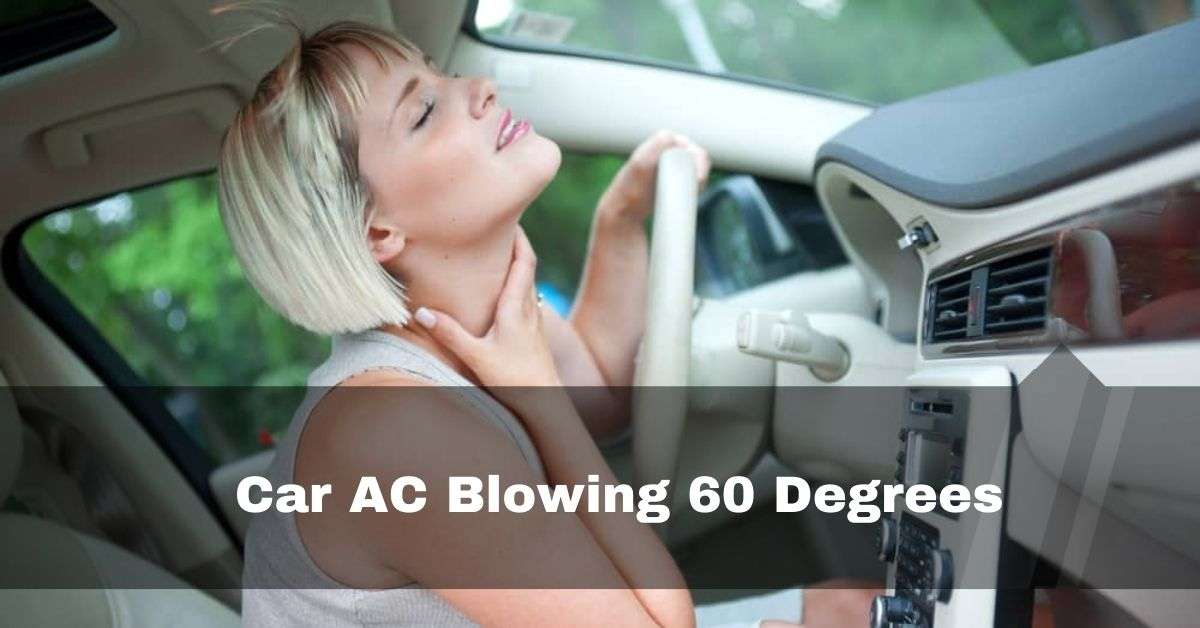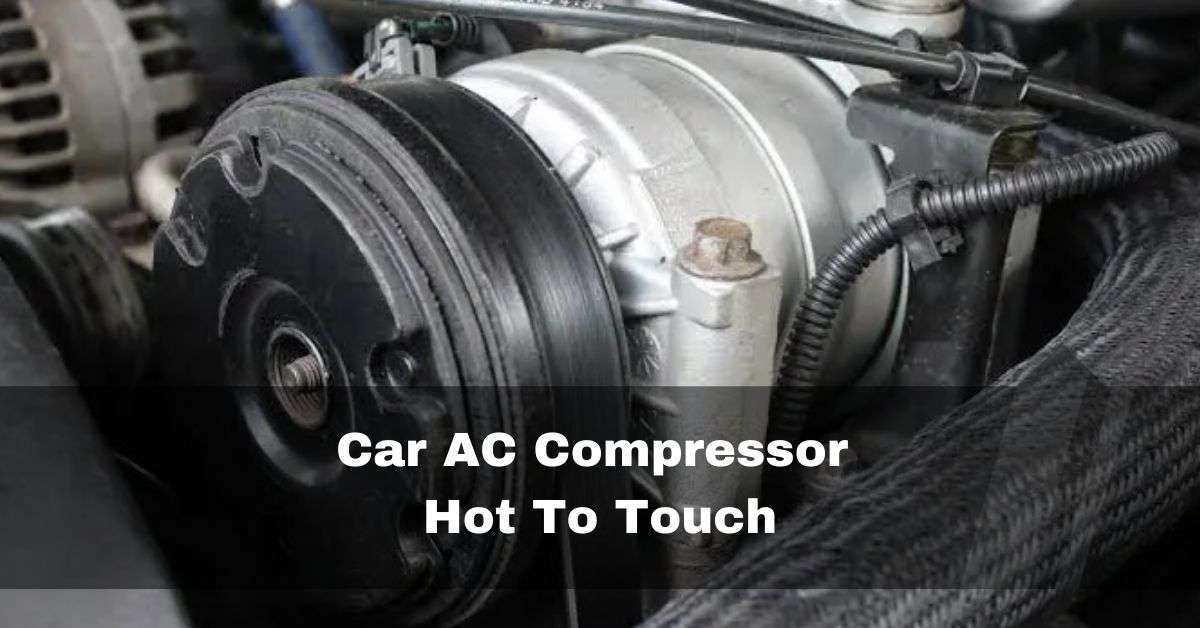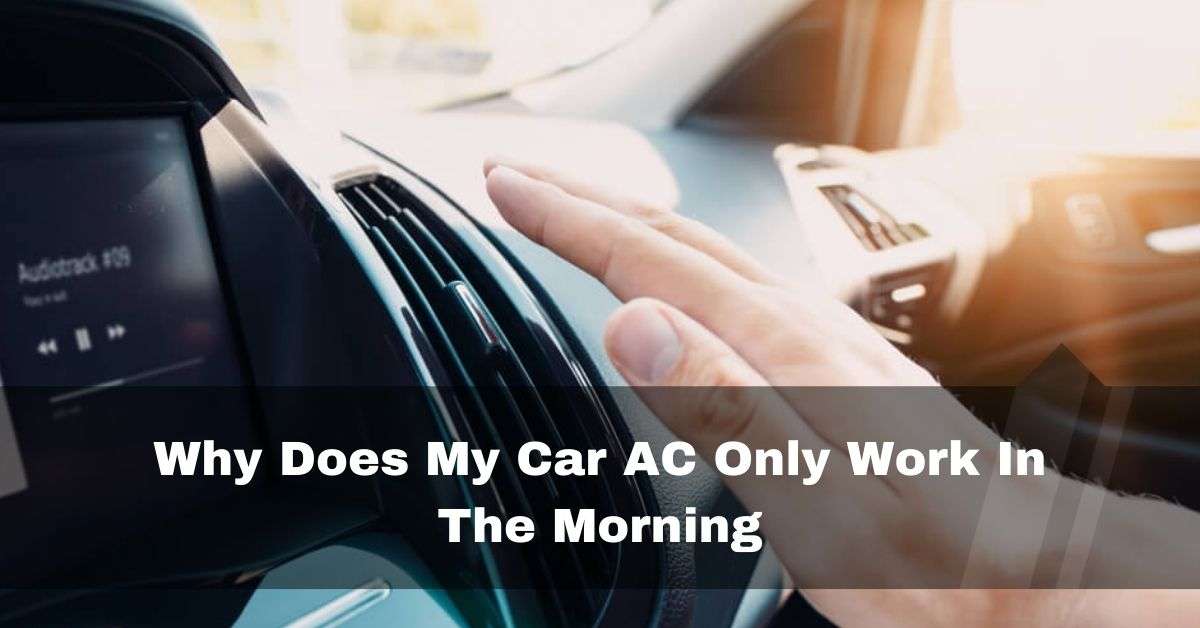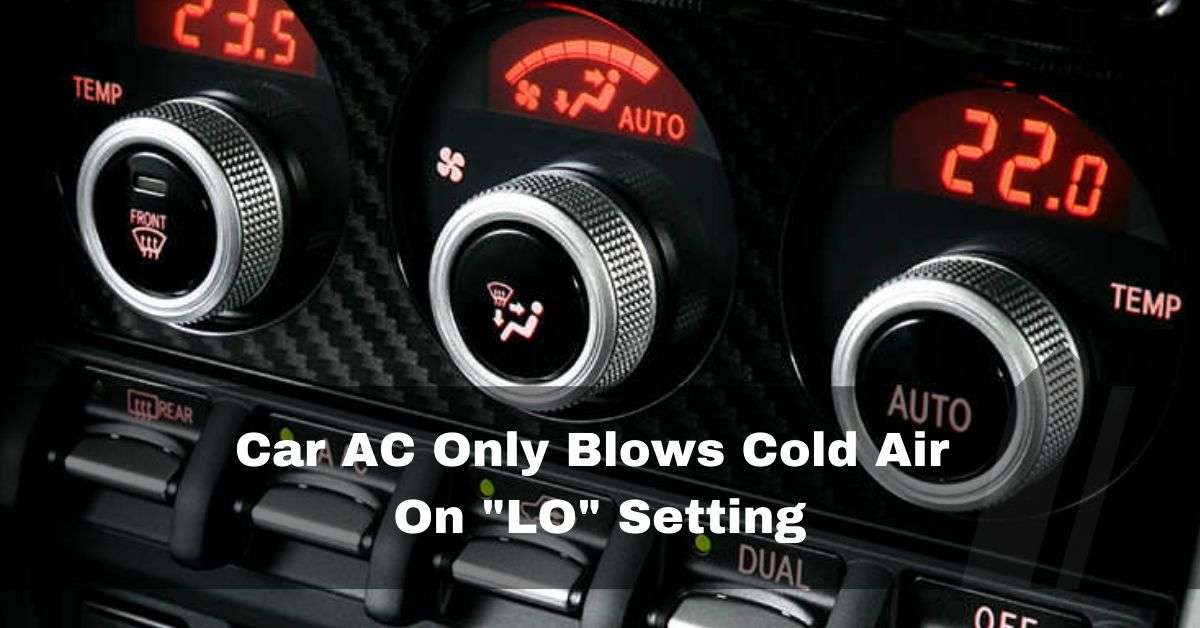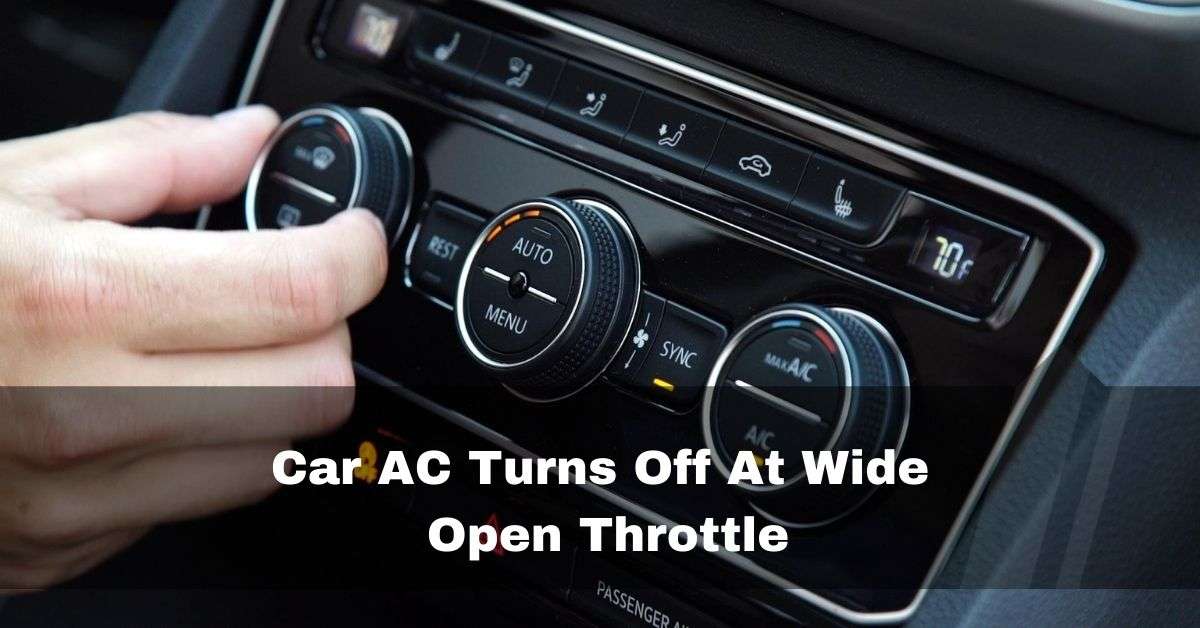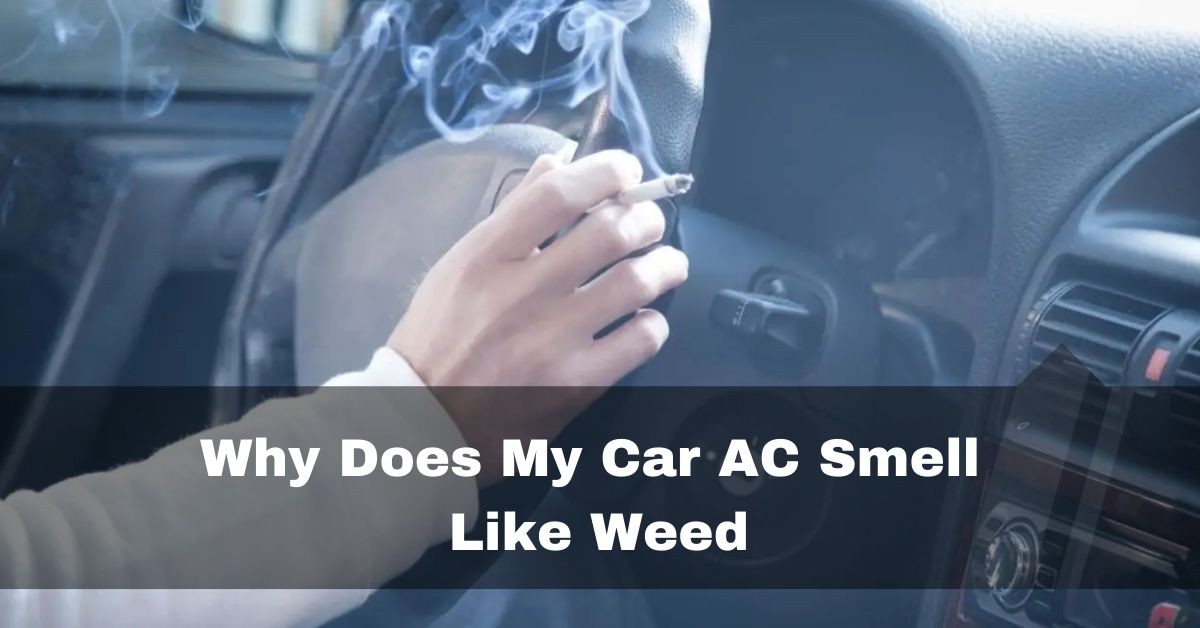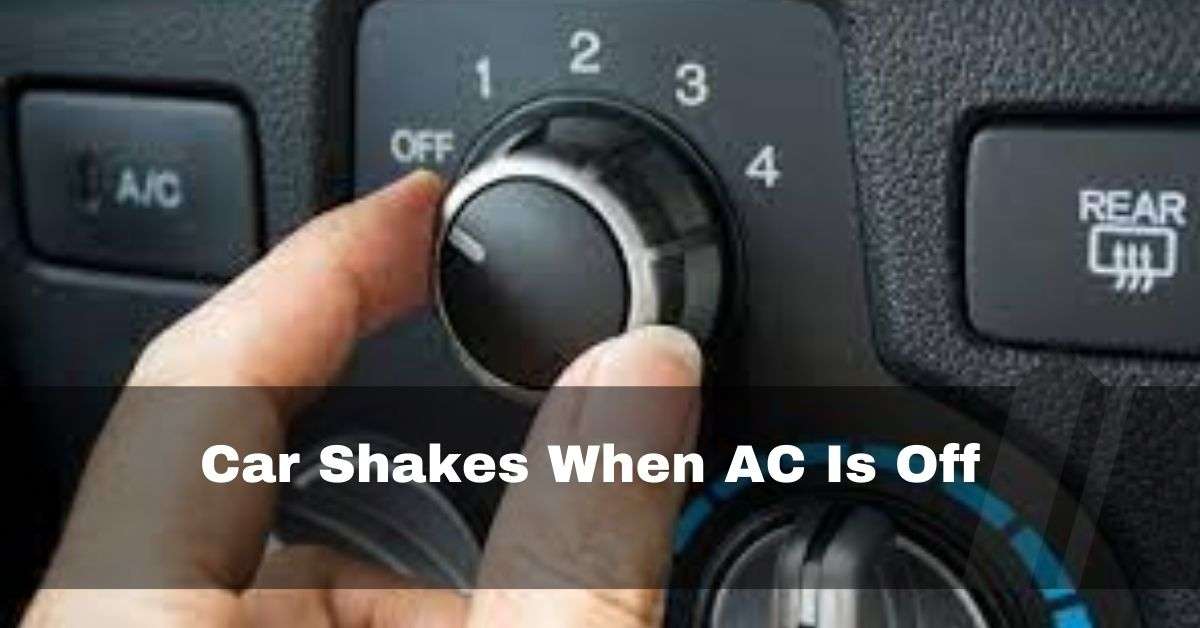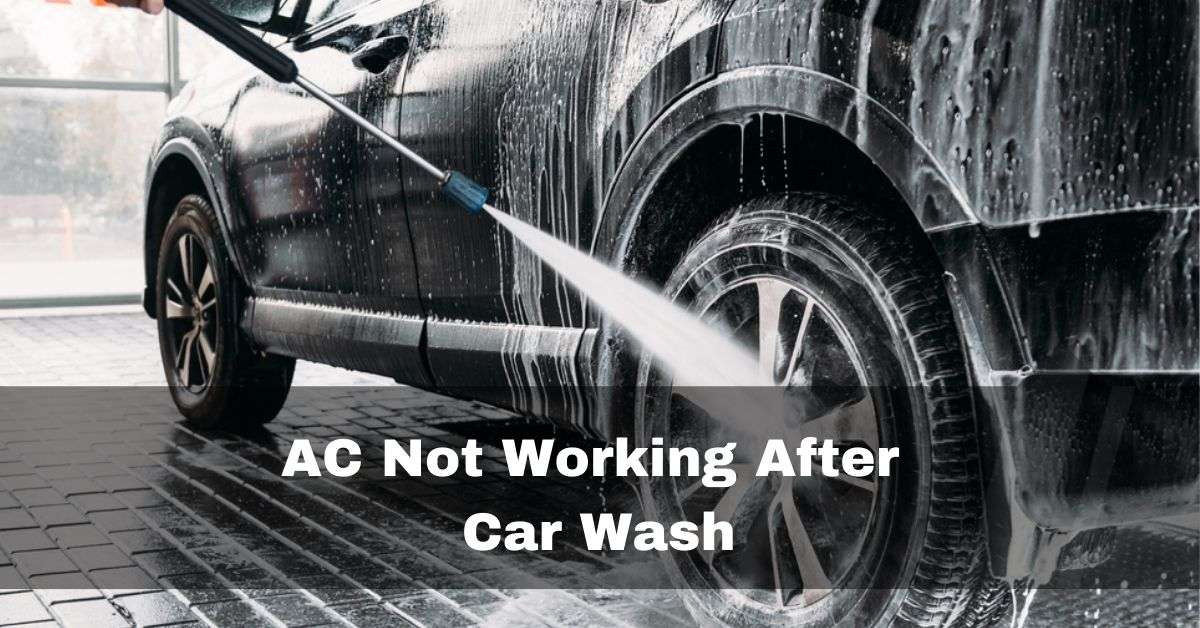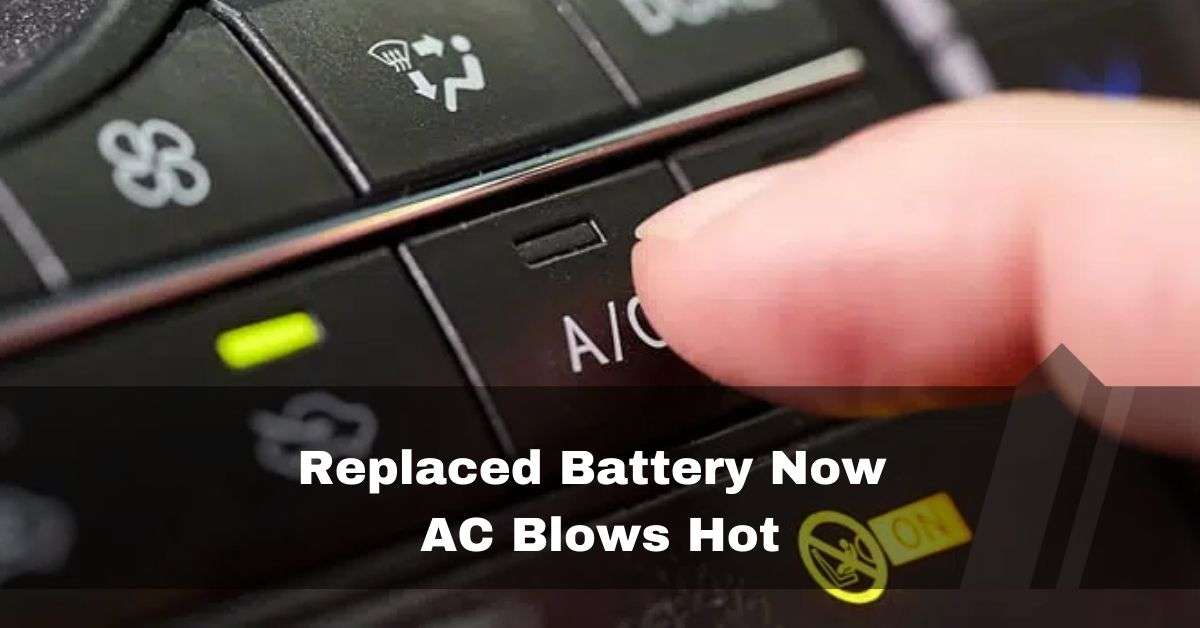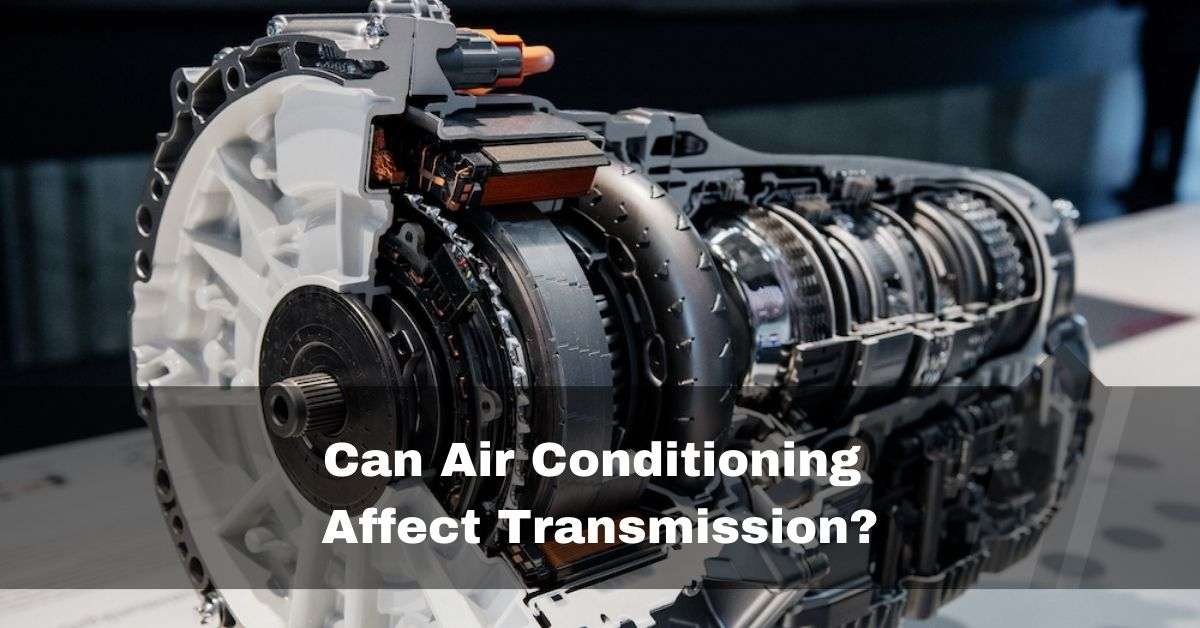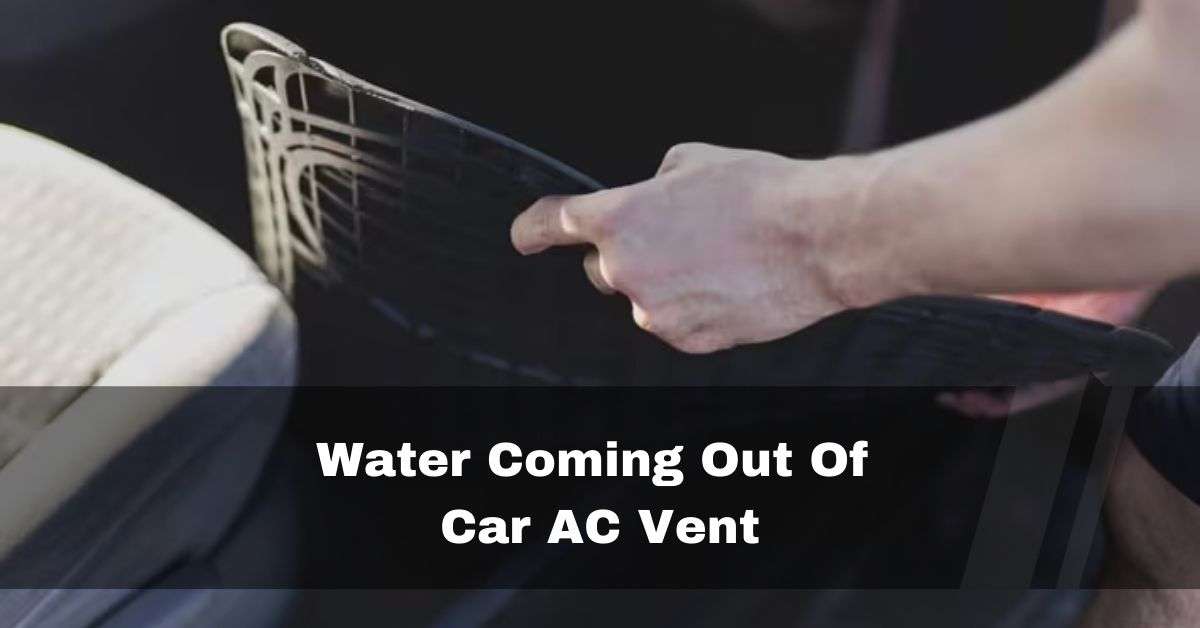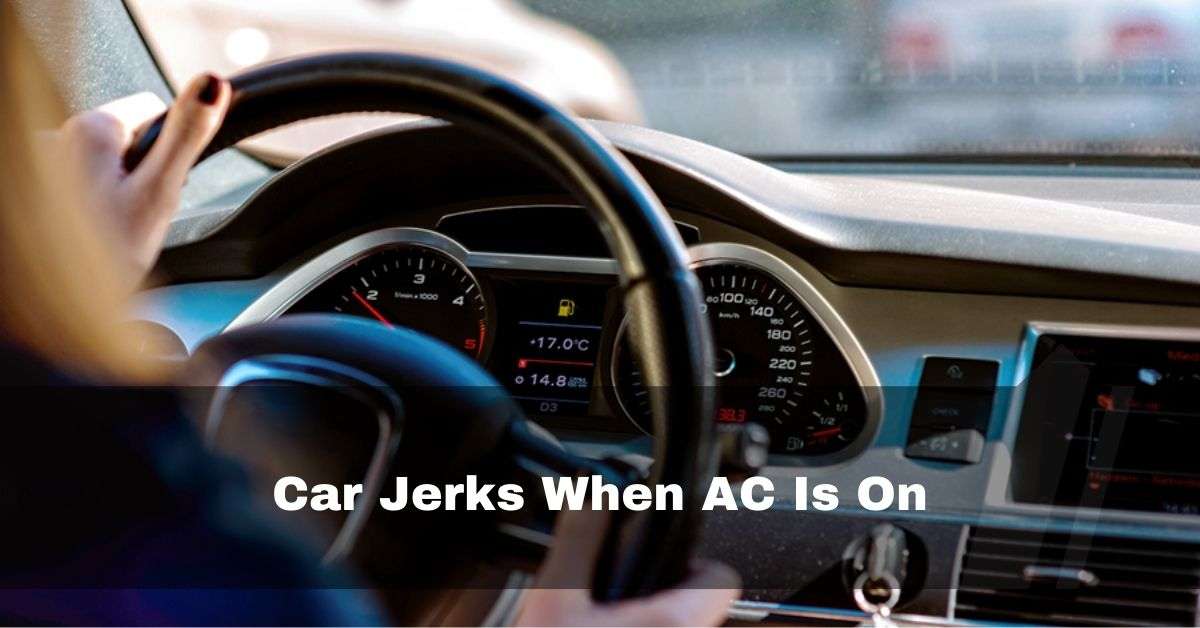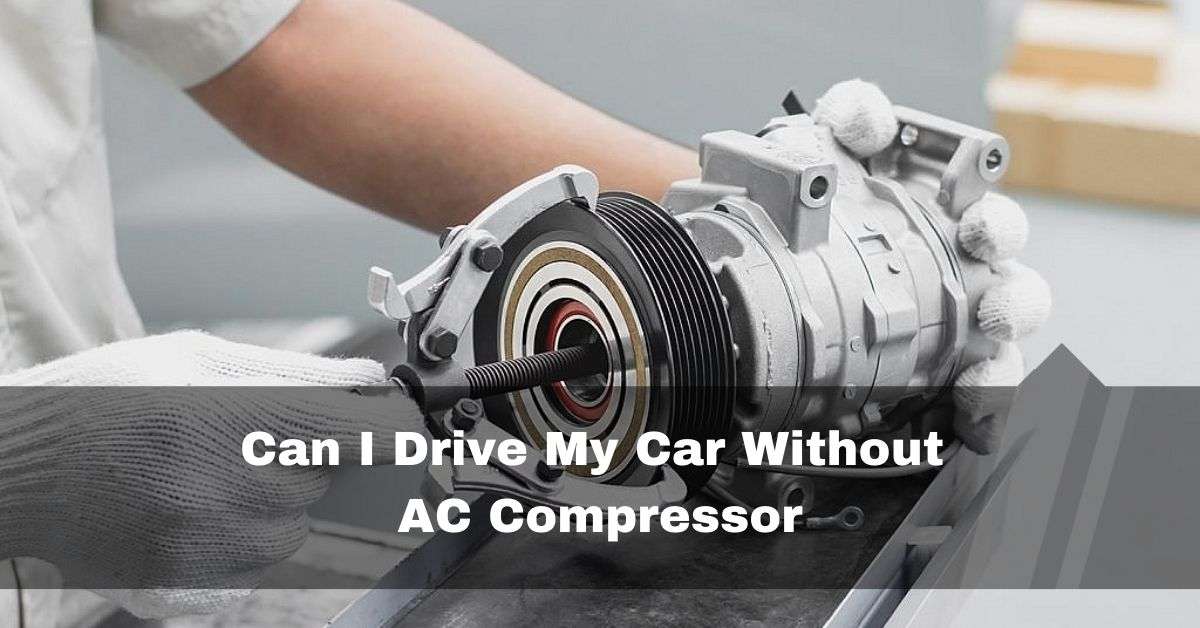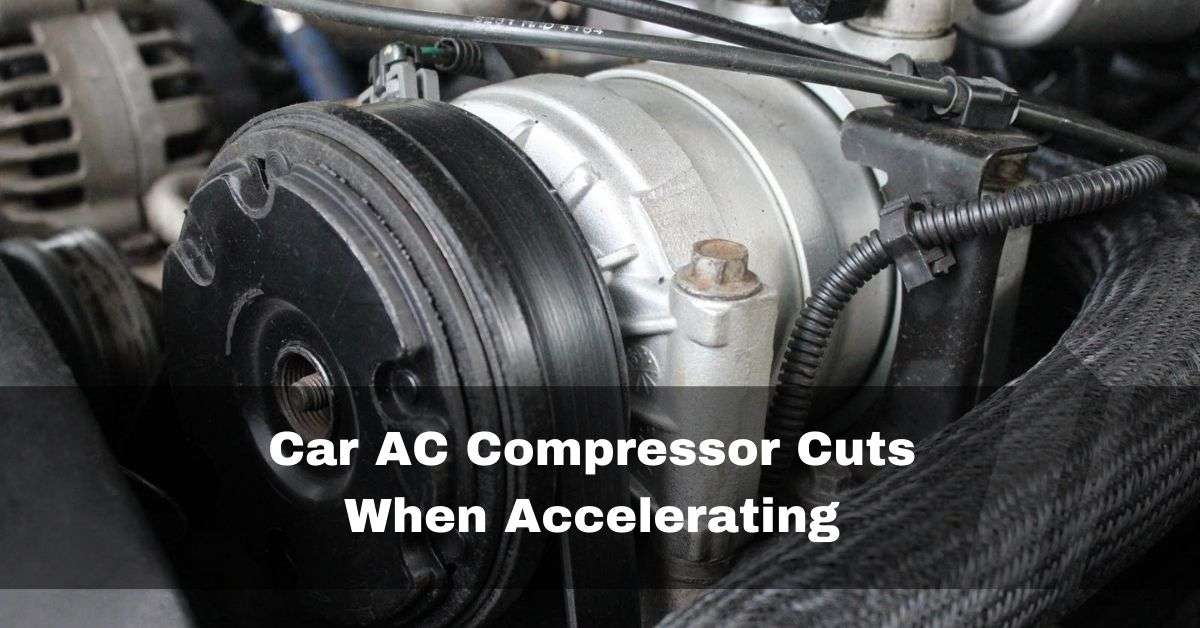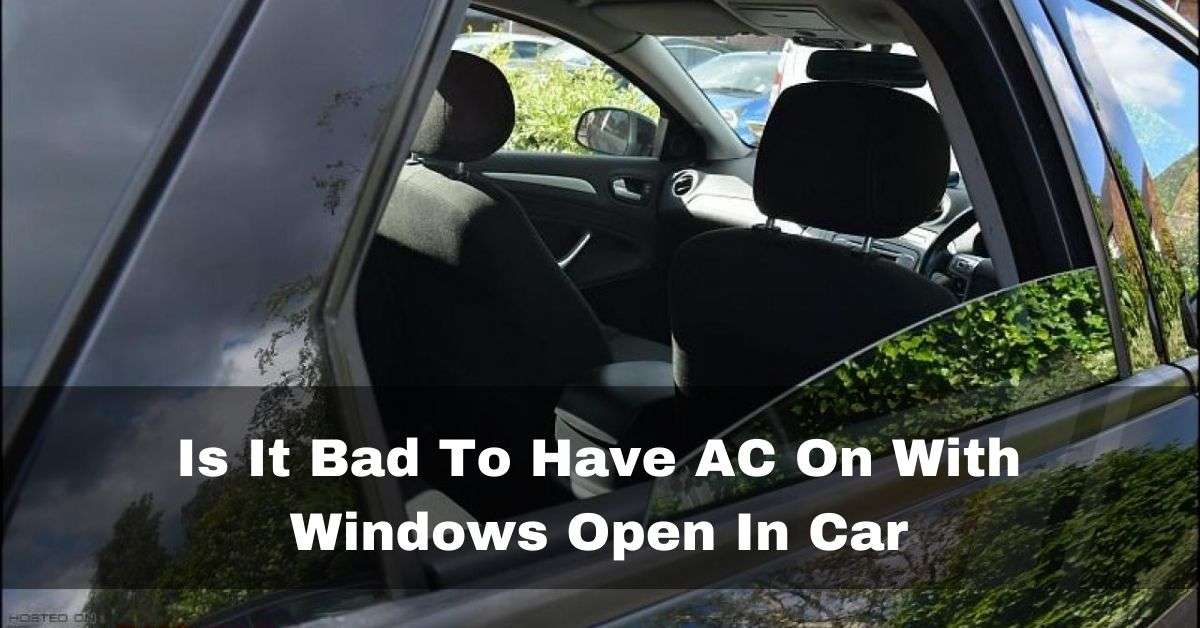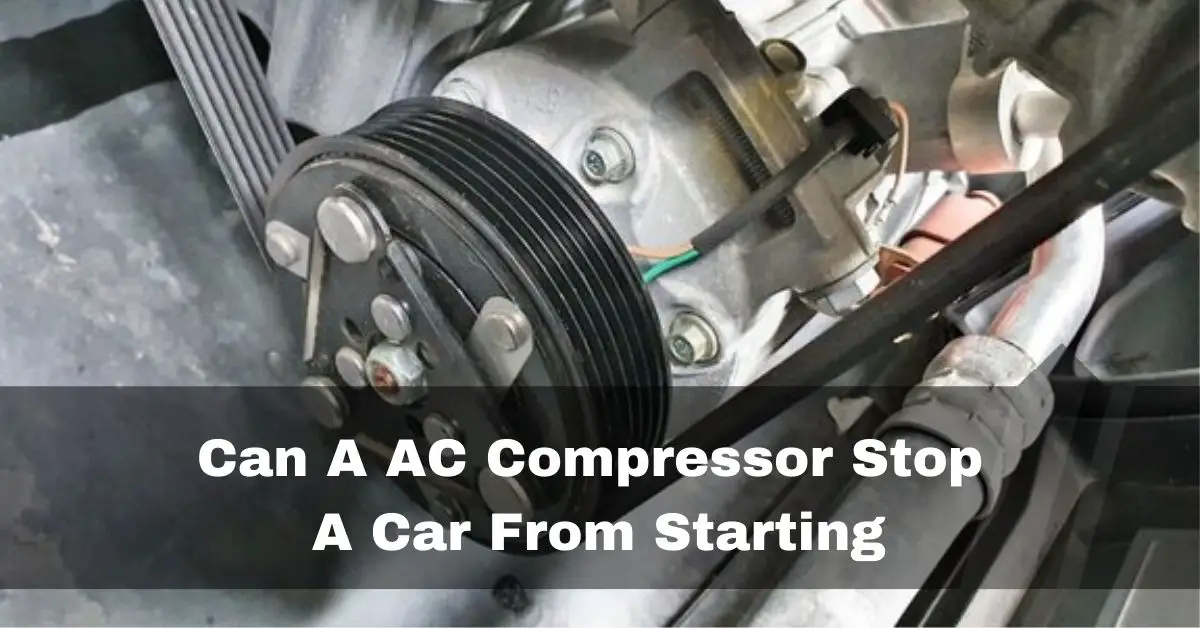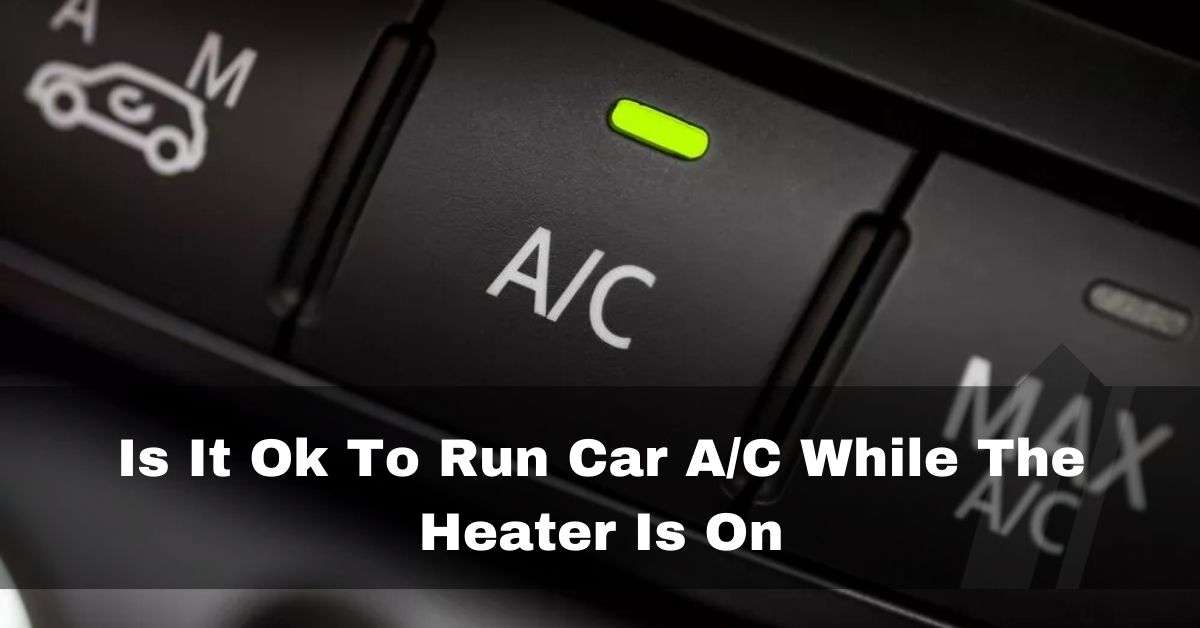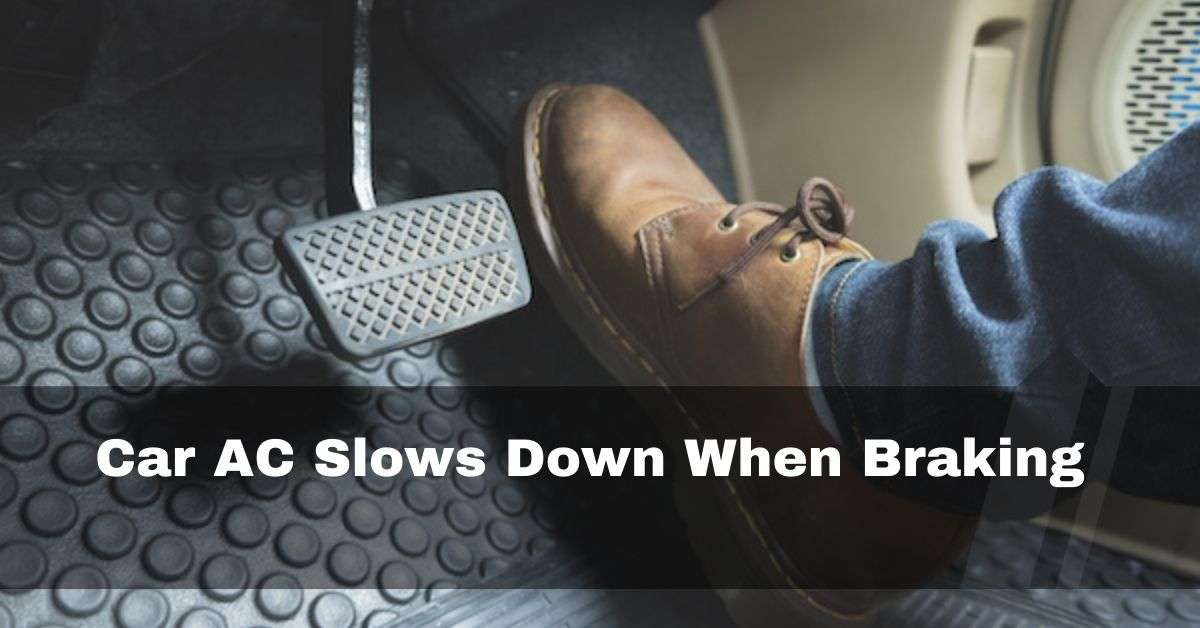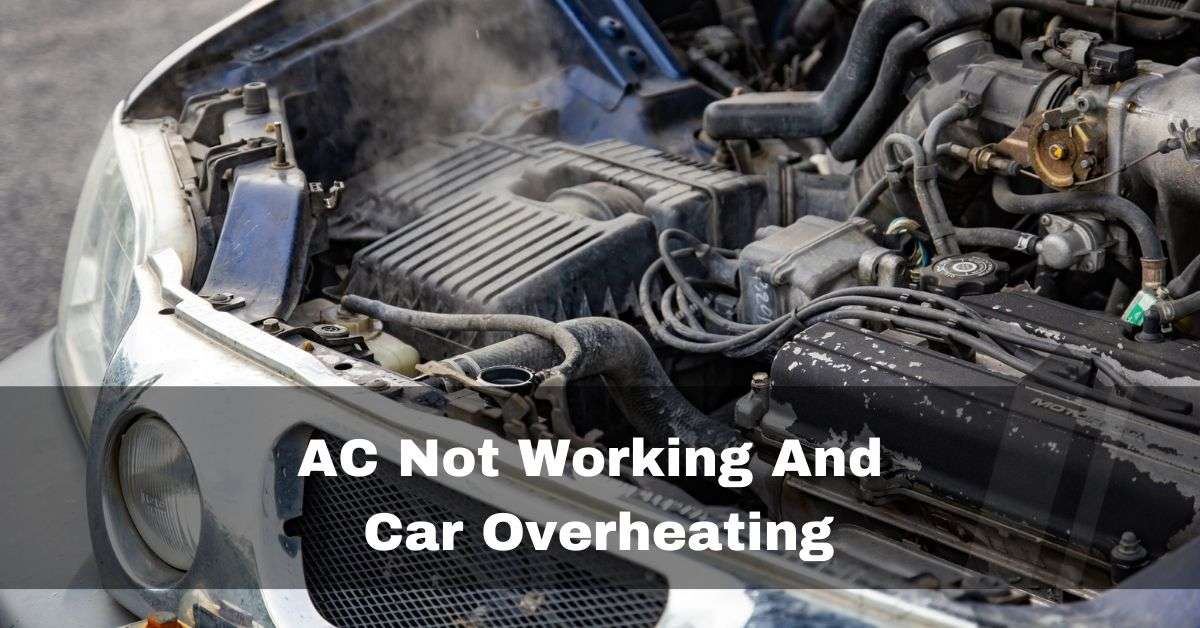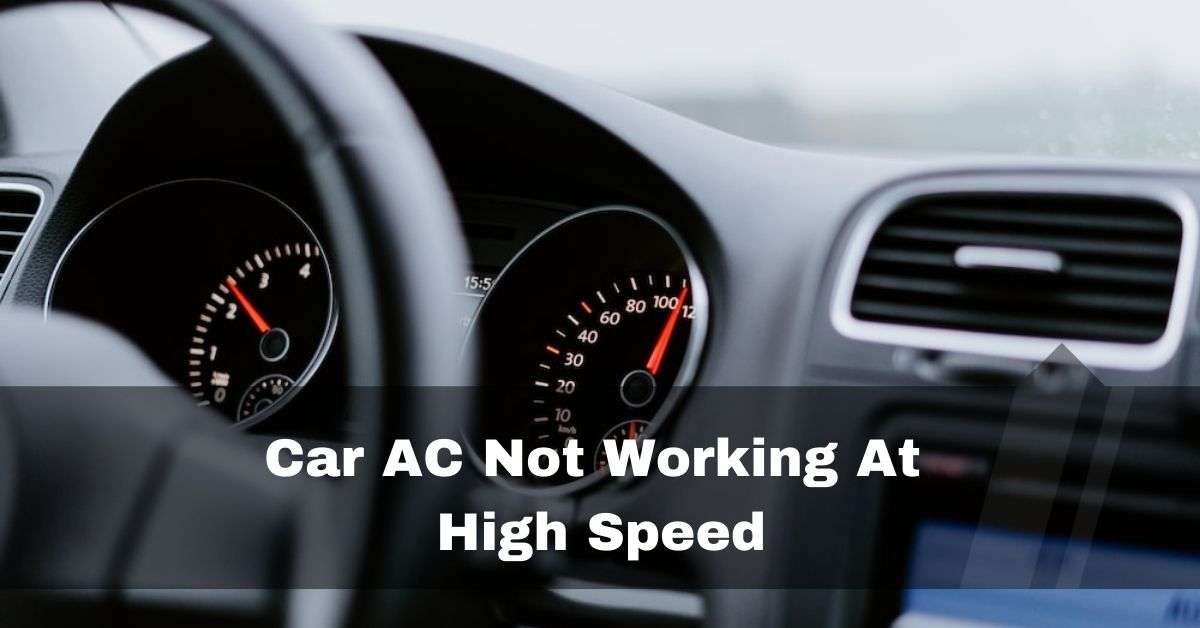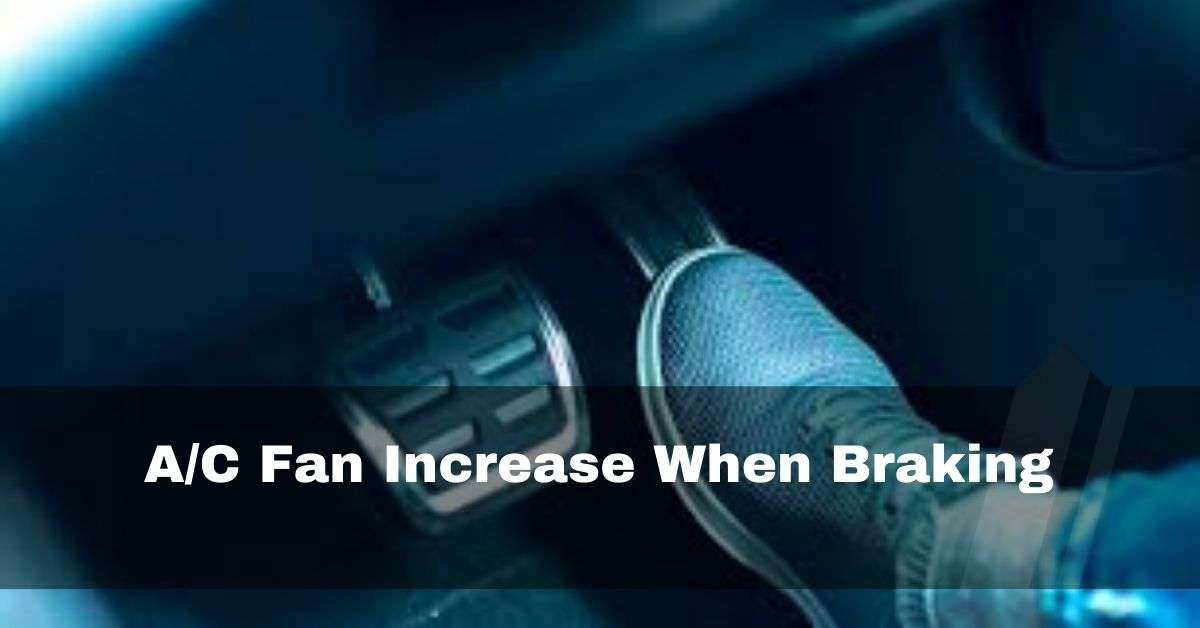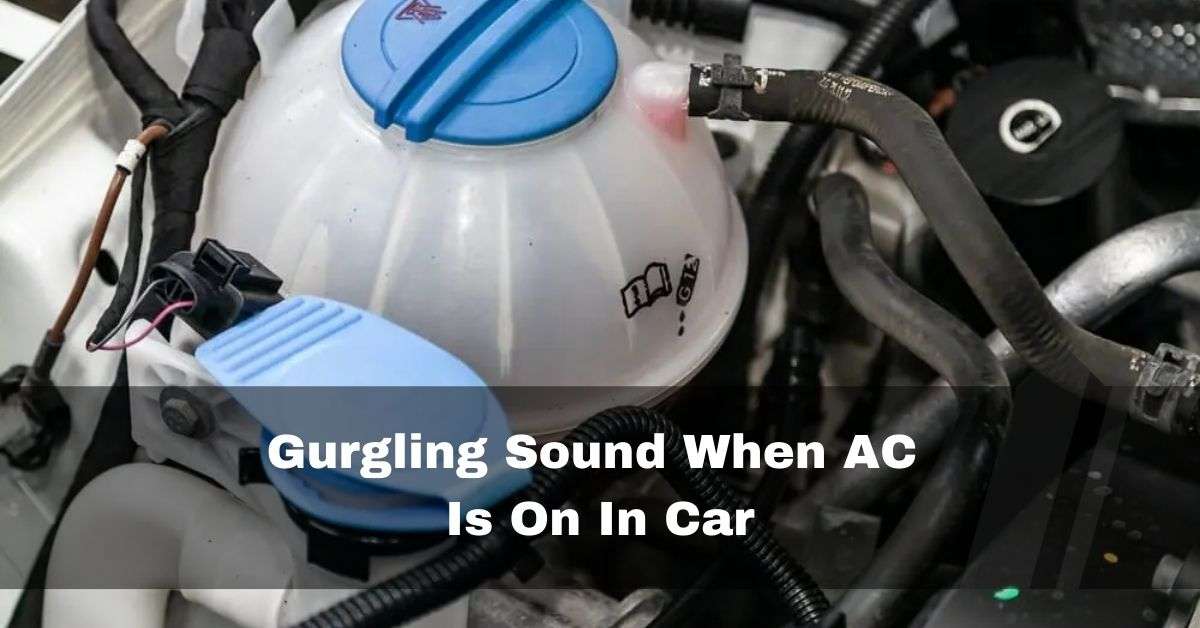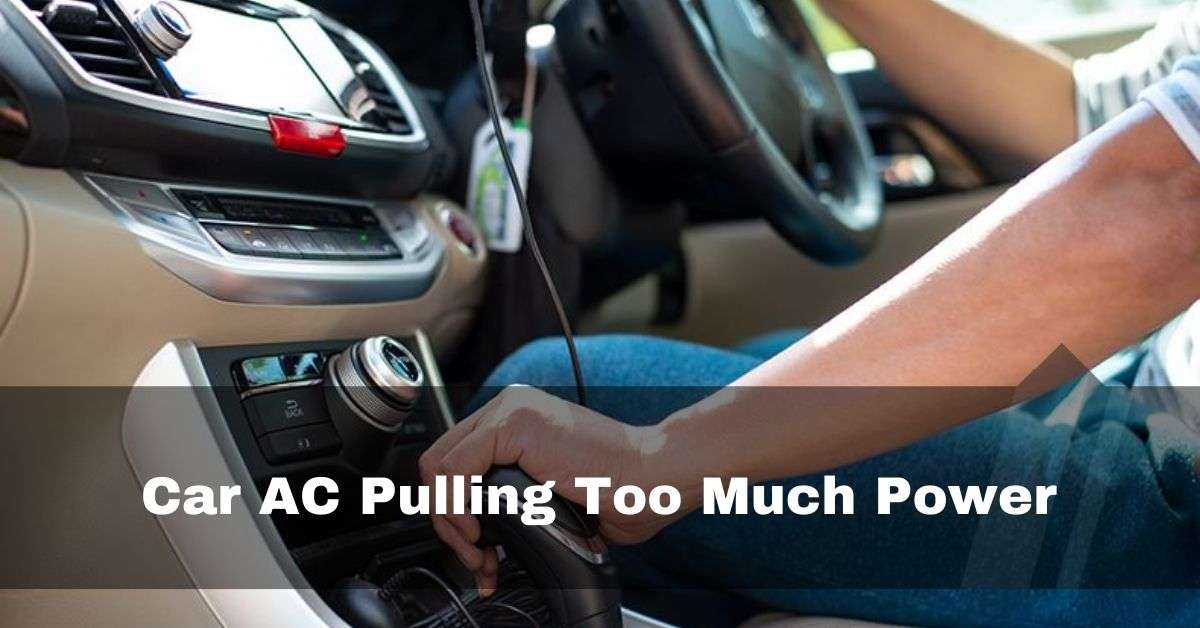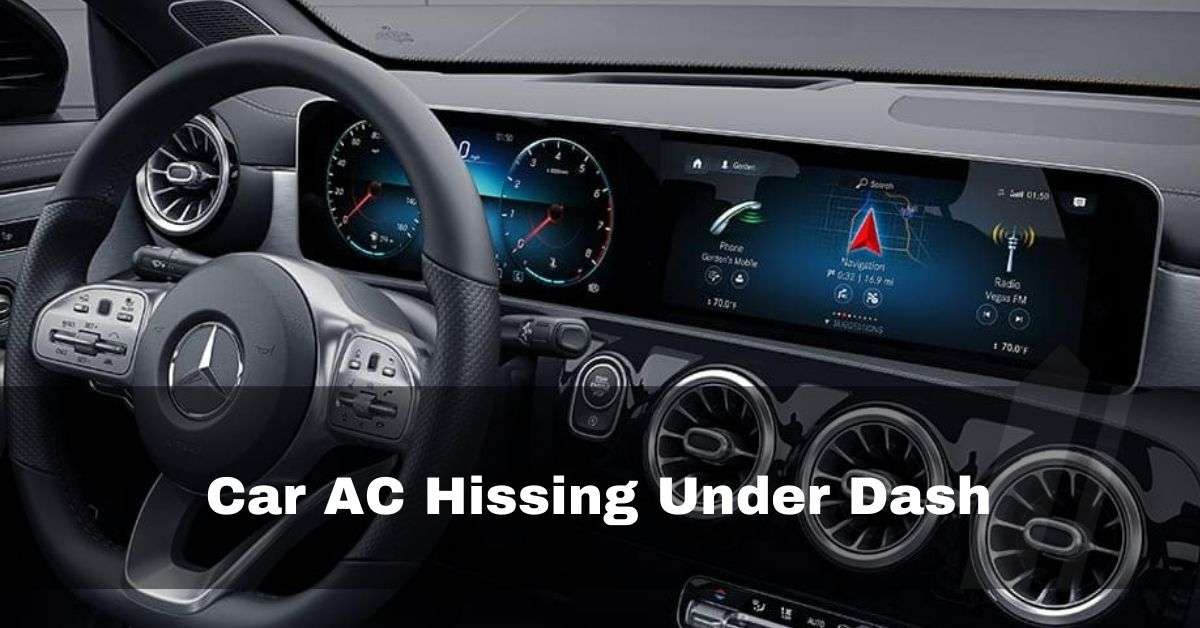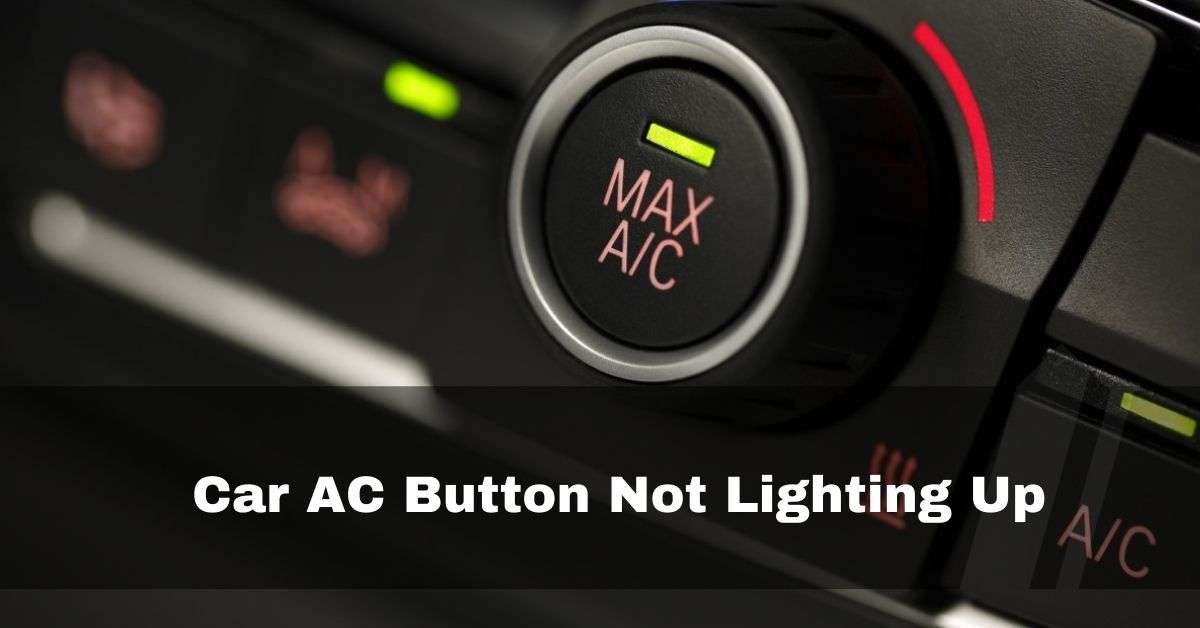You’re not alone if you’ve ever felt strange jerking or jumping in the car when you put on the air conditioning. When you don’t understand the causes of this phenomenon, it can be irritating and worrying.
The load on the engine increases when the AC is turned on. The IAC valve is designed to increase the idle speed to reduce the additional load placed on the engine. The engine will jump, and jerk while stopped and idling if the IAC valve does not move to the correct position for this additional stress on the engine.
In this post, we’ll examine the technical factors that contribute to this problem and explain why your car would act this way.
Table of Contents
Causes Behind Car Jump When I Have The AC On:
1. Engine Load And Power Demand:
The extra stress exerted on the engine when the AC is on is one of the leading causes of your car jumping. Turning on the air conditioner adds to the pressure on the engine because air conditioning systems need energy to function.

Your car’s engine control unit (ECU) makes an effort to balance fuel economy and power demand. However, abrupt fluctuations in power consumption, like when the AC compressor starts up, can cause a brief pause or jolt.
2. Idle Air Control Valve:
The energy needed to run the AC compressor adds to the stress on the engine when the air conditioning (AC) system is activated. The engine control unit (ECU) keeps the demand for power and fuel economy in check.
The idle air control (IAC) valve modifies the engine’s idle speed to handle the additional load from the AC. When the automobile is stopped and idling, the engine may shake and jerk if the IAC valve cannot appropriately compensate for the increased load.
3. AC Compressor Engagement:
The AC compressor is a crucial part of your car’s air conditioning system—the compressor cycles on and off when the AC is turned on to maintain the correct cabin temperature. The compressor needs energy to operate, and the engine supplies this energy via the serpentine belt.

The initial engagement of the AC compressor may temporarily reduce engine power, causing a brief pause or jump in the vehicle’s motion.
4. Idle Speed Control:
To maintain smooth functioning when the automobile is stationary, modern vehicles are fitted with idle speed control systems that adjust the engine’s idle RPM (revolutions per minute).
The engine management system adjusts the idle speed while the AC is on to account for the additional load. This modification may cause a slight change in RPM, which may be seen as a jump or jerk in the car’s performance.
5. Compressor Clutch Issues:
The AC compressor is engaged and disengaged via the compressor clutch. The clutch may not engage appropriately if it isn’t working correctly, resulting in inconsistent power delivery to the AC system. As the engine adjusts to the fluctuating load, this inconsistent engagement might cause a jerking or jumping sensation in the car.

6. Low Refrigerant Level:
An essential part of the AC system is refrigerant. The AC compressor may struggle to maintain the desired pressure if the refrigerant level is low, leading it to cycle on and off repeatedly. This cycling may cause the engine to be under unequal load, which could cause jerking or leaping when the power demand changes.
7. Failing AC Compressor:
The jerking or jumping sensation may be strongly connected to an old or failing AC compressor. When the AC system is turned on, the engine may respond erratically as the compressor ages and becomes less effective. The compressor’s diminished efficiency may result in a less steady load on the engine, giving the impression that the automobile is moving erratically.

8. Belt And Pulley Issues:
The AC compressor is one of the engine’s components connected by a serpentine belt. A loose, worn, or defective belt may slip when the AC is turned on. This sliding can impair the compressor’s functionality and result in brief power outages, which might cause the vehicle to jerk or jump.
9. Electronic Control Systems:
The performance of the engine and climate control are only two of the many functions that modern cars heavily rely on electronic control systems to regulate. To ensure peak performance and efficiency, these systems talk to one another. These systems can experience hiccups or miscommunications, which could temporarily impair engine performance when the AC is on.
How To Fix the Car Jumping When I Have The AC On?
1. Fix Engine Load And Power Demand:
Make sure your car is well-maintained with frequent tune-ups to meet the additional stress on the engine. Spark plugs, fuel, and air filters should all be cleaned or replaced. As a result, the engine runs more effectively and is less affected by unexpected fluctuations in load.

When turning on the AC, avoid making abrupt changes in throttle input. Smoother transitions can assist the engine in handling the load better.
2. Fix AC Compressor Engagement:
Consider taking the following actions if you observe a noticeable loss of engine power when the AC compressor kicks in:
- Serpentine Belt Check: Check the serpentine belt for symptoms of deterioration, such as cracks or tension problems. If necessary, replace it to ensure appropriate power delivery to the AC compressor.
- Refrigerant Levels: Verify that the refrigerant levels in the air conditioning system are appropriate. Power fluctuations may result from the compressor working harder due to low refrigerant levels. Address any leaks and, if necessary, recharge the system.
- Compressor Clutch: It may require modification or replacement if it isn’t correctly engaging. Have a qualified mechanic examine and resolve this problem.
3. Fix Idle Speed Control:
If you experience RPM fluctuations when the AC is turned on, consider the following steps:

- Cleaning the Throttle Body: Carbon buildup over time can interfere with the functioning of the throttle body and cause problems with idle control. Maintaining smooth idle speed control can be achieved by cleaning the throttle body.
- Idle Air Control Valve: Idle speed is controlled by the idle air control valve (IAC). Its dysfunction may result in irregular RPM. Have a mechanic check the IAC valve, clean it, or replace it if necessary. Replace or clean the IAC valve: The IAC valve’s functionality may be harmed by carbon buildup and dirt over time. It could be possible to get the IAC valve working correctly again by cleaning it. Consider replacing the IAC valve with a new one if cleaning doesn’t fix the problem.
- Engine Control Module (ECM) Update: When the AC is turned on, some situations may benefit from improved idle speed management due to updated ECM software. To determine if any upgrades are available, speak with a dealership or a skilled mechanic.
FAQs:
1. Can A Bad Battery Cause My Car To Jump When The AC Is On?
Your car may jump when the air conditioner is on if the battery is faulty, especially if it is discharged. It is because the battery experiences more stress from the AC, and a low charge may make it unable to handle the more significant load.
2. Is It Normal For A Car To Jump When The AC Is On?
When the air conditioning is on, it’s unusual for a car to leap or tremble. But if the issue is severe, it might point to a more significant problem with the engine or air conditioning, like a broken compressor or vacuum leak.
3. Is Driving Safe If My Car Jumps When The AC Is On?
Even though slight jerking or jumping might not immediately be dangerous, it’s wise to get your car examined by a mechanic. Excessive or persistent jerking can make driving difficult and even cause new problems. The driving experience will be safer and more comfortable if the root problem is swiftly addressed.
Conclusion:
When the AC is turned on, your car may jerk or jump due to various factors, including issues with the compressor clutch, low refrigerant levels, engine load, AC compressor engagement, idle speed control, a failing AC compressor, and other related components. If you notice persistent or severe jerking, it’s advisable to have your car checked out by a qualified mechanic to rule out any significant issues.

